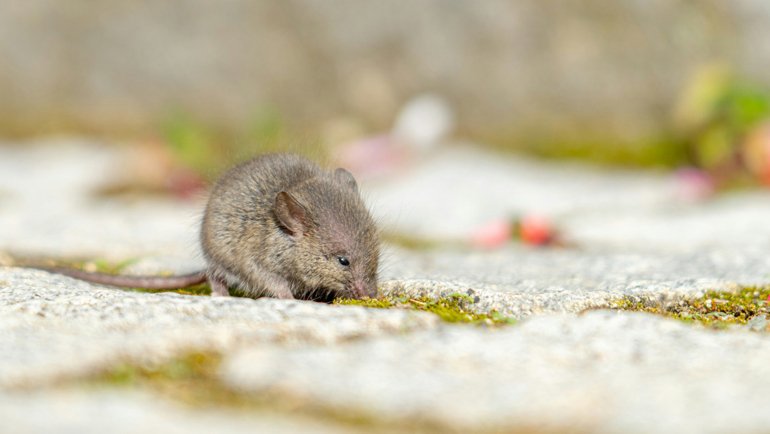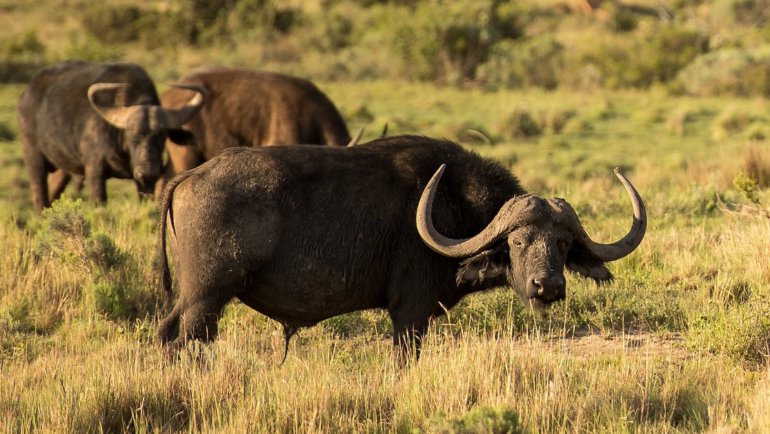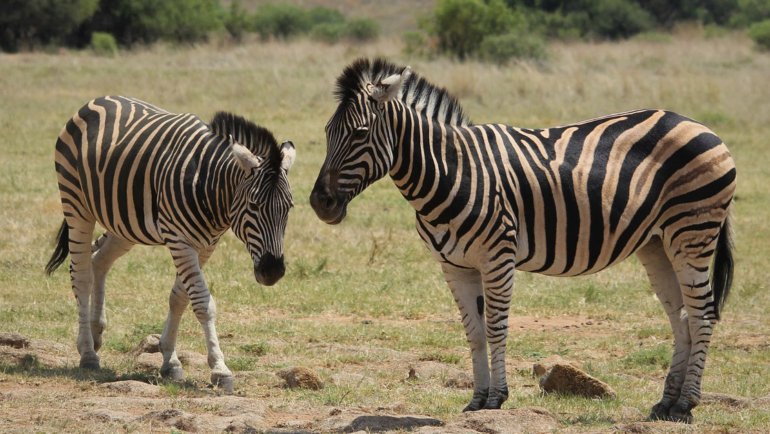Distemper is a viral disease that affects a variety of carnivorous animals. It is a highly contagious and potentially fatal illness that attacks infected animals’ respiratory, gastrointestinal, and nervous systems.
While raccoons are known for their resilience, they are still susceptible to distemper, which can have devastating consequences for affected populations.
This article will discuss the signs and symptoms of distemper in raccoons, the causes of the disease, and what to do if you suspect an animal in your area is infected.
What is Distemper?
Distemper is a viral disease that affects a wide range of carnivorous animals, including dogs, cats, ferrets, raccoons, and other wildlife. The canine distemper virus, a member of the Paramyxoviridae family, causes this illness.
Distemper typically affects the respiratory, gastrointestinal, and nervous systems. The virus is highly contagious and can be transmitted through contact with infected animals or bodily fluids. It is a severe disease that can be fatal, particularly in young or old raccoons, due to their weakened immune systems.
Unfortunately, there is no specific treatment for the virus, but supportive care, such as intravenous fluids and antibiotics to treat secondary bacterial infections, can help manage the symptoms and improve the chances of recovery.
Therefore, prevention through vaccination is the best way to protect animals from distemper!
Also read: Do Raccoons Hibernate? How Do They Survive Winter?
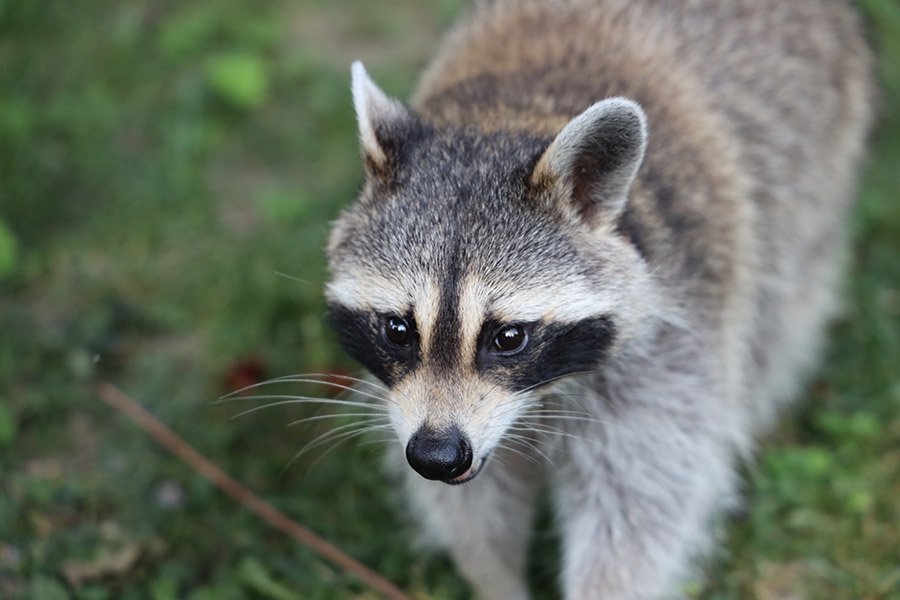
Symptoms of Distemper in Raccoons
Although the symptoms of distemper in raccoons can vary depending on the severity of the infection, below are five common symptoms:
- Respiratory problems: Raccoons with distemper may develop respiratory problems, such as coughing, sneezing, and wheezing.
- Gastrointestinal problems: Infected raccoons may have diarrhea, vomiting, and lack of appetite.
- Neurological symptoms: Distemper can affect the nervous system, causing raccoons to exhibit odd behavior, such as stumbling, circling, or falling over. They may also experience seizures, tremors, and paralysis.
- Eye and nose discharge: Infected raccoons may have watery eyes and a runny nose, which can become thick and yellowish as the disease progresses.
- Behavioral changes: Raccoons with distemper may exhibit changes in their behavior, becoming more lethargic, disoriented, and less responsive to their surroundings.
Also read: Do Raccoons Nest in Trees? What You Need to Know
Distemper vs. Rabies – Key Differences
Distemper and rabies are both fatal viral diseases that can affect raccoons and other animals. Here are some key differences between the two:
- Causative Virus: Distemper is caused by the canine distemper virus (CDV), while the rabies virus causes rabies.
- Transmission: Distemper is mainly transmitted through direct contact with an infected dog’s bodily fluids or respiratory secretions. On the other hand, rabies is primarily transmitted through the bite of an infected animal.
- Incubation Period: The incubation period for distemper can range from a few days to a few weeks, while for rabies, it can take several weeks to months before symptoms appear.
- Symptoms: The symptoms of distemper include fever, coughing, vomiting, diarrhea, seizures, and weakness. In contrast, the symptoms of rabies can include agitation, aggression, paralysis, and a fear of water (hydrophobia).
- Prevention: A vaccine available for distemper can effectively prevent the disease, but once an animal is infected, there is no cure. Similarly, a vaccine is available for rabies, but once symptoms appear, there is no cure, and the disease is almost always fatal.
While both diseases are serious, rabies is generally considered more deadly and more easily transmitted to humans than distemper.
Also read: Are Raccoons Rodents? Here’s The Complete Answer
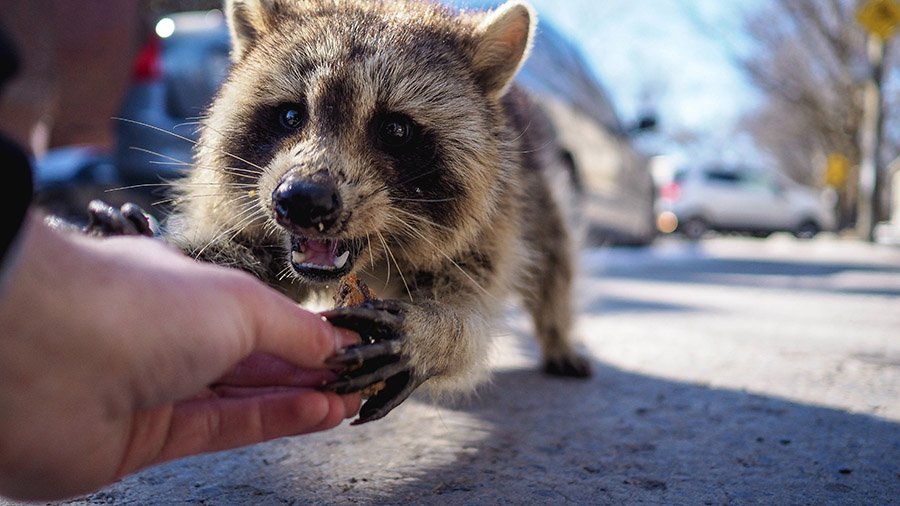
Can Humans Get Distemper?
Although distemper is not known to affect humans, some rare cases of human infection have been reported.
Human infection with distemper has been linked to close contact with infected animals in these cases. However, human-to-human transmission of distemper has not been documented, and the virus is not considered a significant threat to human health.
What To Do If You Encounter A Raccoon With Distemper?
Before we look at the precautions and steps, it’s vital to always keep your distance and not approach the animal if you encounter a raccoon with distemper.
Here are some additional steps you can take:
Contact your local animal control or wildlife rehabilitation center. They can send a trained professional to capture the animal and provide appropriate care safely.
If you have pets, keep them away from where the raccoon was spotted. Distemper is highly contagious and can be transmitted to other animals.
Do not attempt to handle or feed the raccoon! It’s important to remember that raccoons are wild animals and can be unpredictable, especially if they are sick or injured.
If you come into contact with a raccoon with distemper, wash your hands thoroughly with soap and water. Since the virus can be transmitted through bodily fluids, it’s also essential to seek medical assistance as a precaution.
Remember, it’s vital to let trained professionals handle situations involving wildlife. They have the knowledge and resources to provide the best care for the animal while keeping you and your pets safe.
Also read: Raccoon Lifespan: What is The Life Expectancy of a Raccoon?
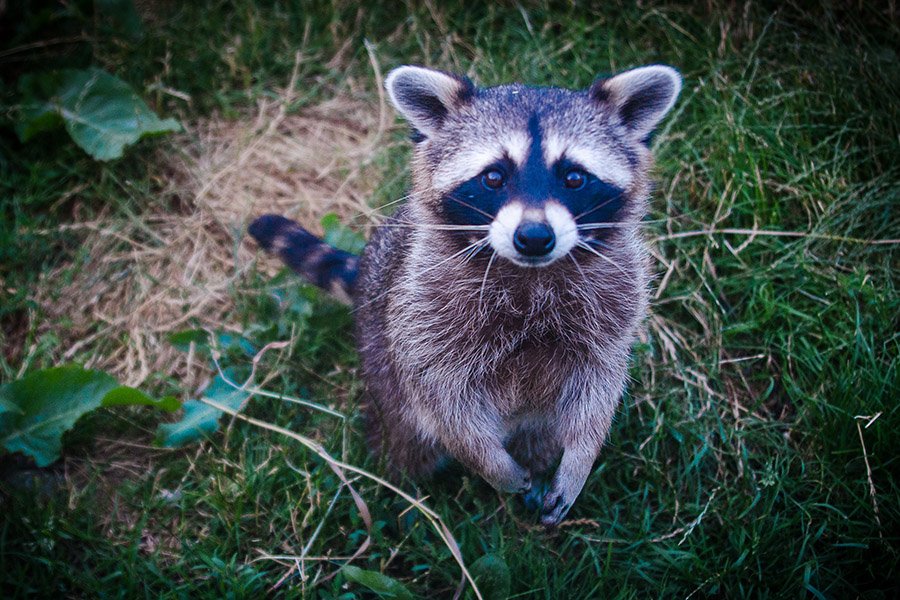
Frequently Asked Questions
How Long Can A Raccoon Live With Distemper?
The outcome for a raccoon with distemper can vary depending on the severity of the infection and the individual animal’s immune response.
Unfortunately, distemper is often fatal in raccoons, and many infected animals may only survive a few days to a couple of weeks after the onset of symptoms. In some cases, raccoons may survive for several weeks or even months with supportive care, but this is relatively rare.
Final Thoughts
Since there is no cure for distemper in raccoons or any other animal, prevention is key!
Therefore, the best way to protect yourself and your pets is to keep a safe distance from wild animals, keep your pets up to date on vaccinations, and report any sick or injured wildlife to your local wildlife rehabilitation center.
Also, to prevent the rare instance of contracting the disease, it’s essential to remember that the best way to appreciate the beauty of nature is from a safe distance!

